Utica Boilers MGB, II-MGC Installation Manual
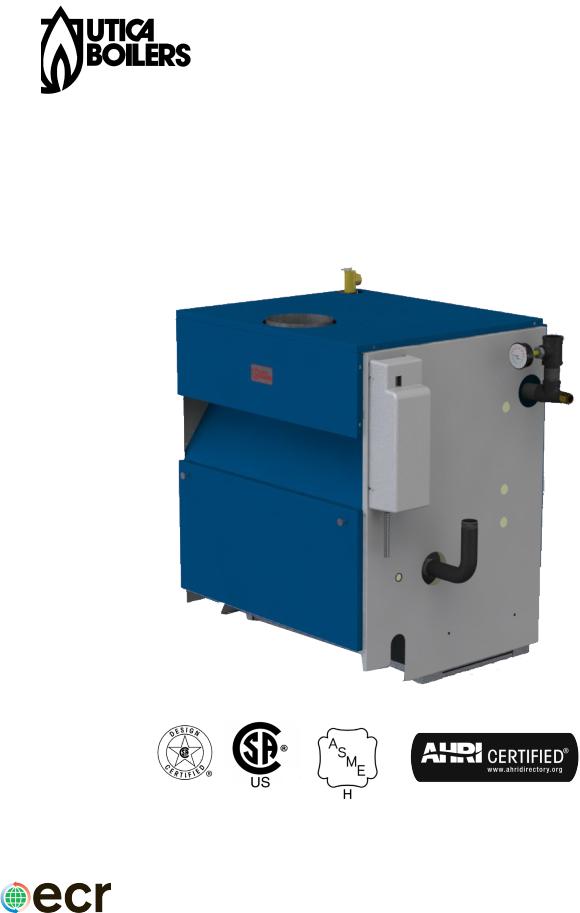
Models
MGC-8D MGC-8DP MGC-9D MGC-9DP
MGC SERIES
GAS-FIRED
HOT WATER BOILERS
INSTALLATION, OPERATION & MAINTENANCE MANUAL
C.S.A. Certified for |
Tested for 50 psi. |
|
Natural gas or |
||
ASME Working |
||
Propane |
||
Pressure |
||
|
An ISO 9001-2008 Certified Company
Manufactured by:
ECR International, Inc.
2201 Dwyer Avenue, Utica NY 13501 web site: www.ecrinternational.com
P/N 240009268, Rev. D [10/2014]
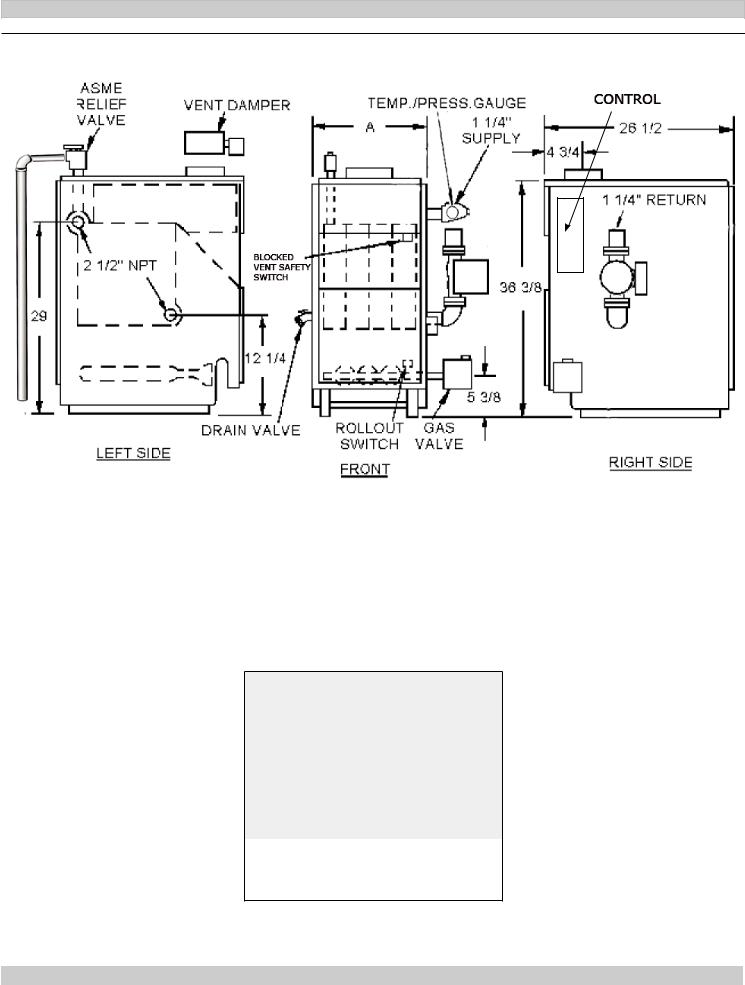
1 - DIMENSIONS
Figure 1 - Dimensions
*
* Minimum acceptable height for Low Water Cutoff probe.
Table 1 - Dimensions
|
DIMENSIONS (INCH.) |
|
BOILER |
|
|
MODEL |
FLUE |
“A” |
NUMBER |
DIAMETER |
WIDTH |
|
|
|
MGC-8 |
7 |
27½ |
MGC-9 |
7 |
30¾ |
Add 5½” to height for vent Damper.
2
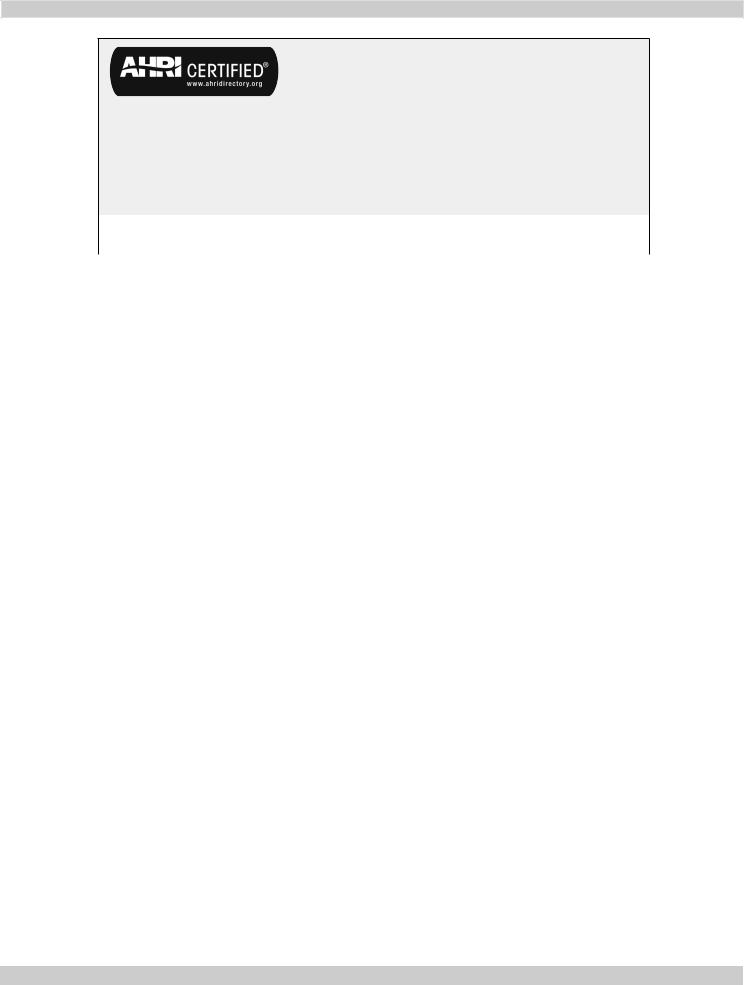
2 - BOILER RATINGS AND CAPACITIES
Table 2 - Ratings and Capacities
|
|
|
† NATURAL GAS |
|
|
† PROPANE GAS |
|
AFUE |
|
|
|
|
|
|
|
|
|
|
|
BOILER |
|
|
(2) |
|
|
|
|
|
|
|
(1) |
NET AHRI |
|
|
HEATING |
|
|
||
MODEL |
|
Input (3) |
Heating |
INPUT |
(3) |
NET AHRI |
INTERMITTENT |
||
|
RATING |
CAPACITY (3) |
|||||||
NUMBER |
(1) |
Mbh |
Capacity |
MBH |
|
RATING |
IGNITION WITH |
||
|
|
Water, |
|
MBH |
|||||
|
|
|
(3) Mbh |
|
|
|
VENT DAMPER |
||
|
|
|
(3) Mbh |
|
|
|
|||
|
|
|
|
|
|
|
|
|
|
MGC-8 |
|
262.5 |
220 |
191 |
245 |
|
206 |
179 |
83.9 |
MGC-9 |
|
299 |
251 |
218 |
280 |
|
235 |
204 |
83.7 |
† Input rating for sea level to 2,000 ft. (610m) above sea level. Over 2000 ft (610m) above sea level. Reduce input rate 4% for every 1000 ft (304m) above sea level.
+ Heating Capacity based on D.O.E. (Department of Energy) test procedure.
(1)Add model number suffice ‘P’ for Propane.
(2)Net AHRI Water rating shown based on piping and pickup allowance of 1.15. Consult manufacturer before selecting boiler for installations having unusual piping and pickup requirements, such as intermittent system operation, extensive piping systems, etc.
(3)MBH = 1,000 Btuh = British Thermal Unit Per Hour
Ratings marked “Net AHRI Ratings” indicate amount of remaining heat input used to heat radiation or terminal units. Net AHRI Ratings shown are based on allowance of 1.15 in accordance with factors shown on AHRI Standard as published by The Hydronics Institute.
-- Selection of boiler size should be based upon “Net AHRI Rating” being equal to or greater than calculated heat loss of the building.
-- Consult manufacturer before selecting boiler for installations having unusual piping and pickup requirements.
BOILERS FOR USE AT HIGH ALTITUDE
Boiler is factory equipped for use at altitudes of 0-2,000 feet above sea level.
For use at altitudes above 2,000 feet above sea level, input ratings are reduced by change in main burner orifice size.
For altitudes above 2,000 feet above sea level, input ratings should be reduced at rate of 4% for each 1,000 feet above sea level. Consult National Fuel Gas Code, ANSI Z223.1/NFPA 54 or manufacturer for correct orifice sizing information.
3
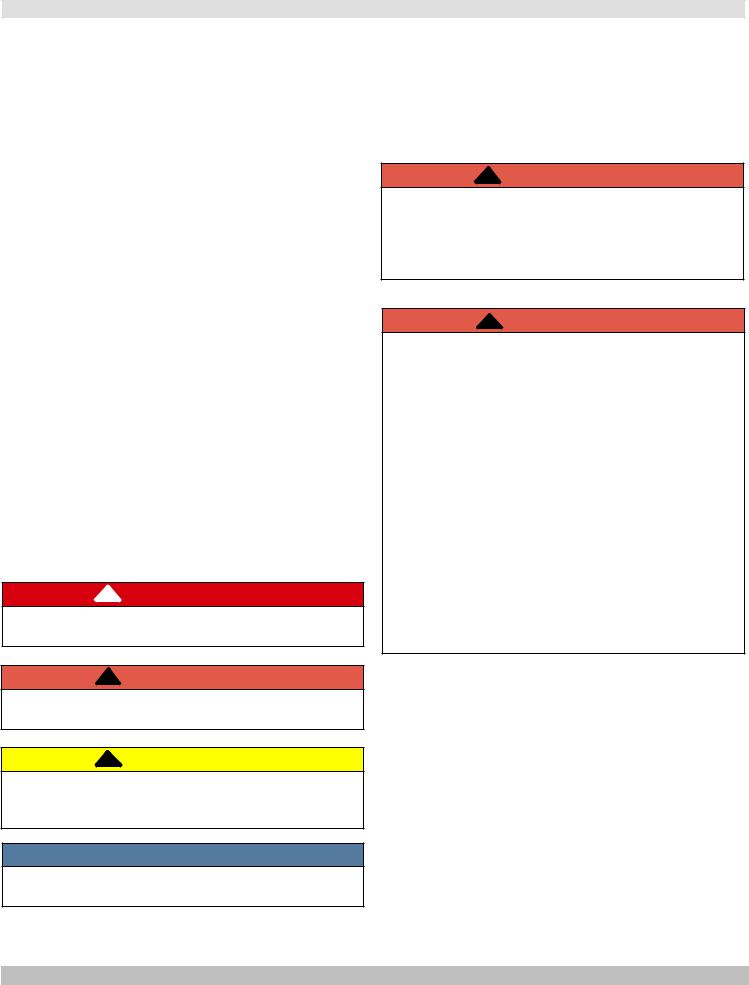
3 - TABLE OF CONTENTS
1 |
- Dimensions.................................................... |
2 |
|
2 |
- Ratings And Capacities..................................... |
3 |
|
3 |
- Table of Contents............................................ |
4 |
|
4 |
- Installation Procedure...................................... |
5 |
|
5 |
- Ventilation & Combustion Air............................. |
6 |
|
6 |
- Connecting Supply And Return Piping................. |
7 |
|
7 |
- Chimney And Vent Pipe Connection.................. |
11 |
|
8 |
- Vent Damper Operation.................................. |
14 |
|
9 |
- Gas Supply Piping......................................... |
15 |
|
10 |
- Electrical Wiring.......................................... |
15 |
|
11 |
- Wiring Diagrams.......................................... |
16 |
|
12 |
- General Instructions.................................... |
19 |
|
13 |
- Lighting Instructions.................................... |
20 |
|
14 |
- Operating Your Boiler................................... |
21 |
|
15 |
- Maintaining Your Boiler................................. |
23 |
|
16 |
- Service Hints.............................................. |
24 |
|
17 |
- Equipment And Optional Accessories ............. |
25 |
|
Appendix A - Control Module................................ |
27 |
||
SAFETY SYMBOLS & WARNINGS
The following defined symbols are used throughout this manual to notify the reader of potential hazards of varying risk levels.
!DANGER
Indicates a hazardous situation which, if not avoided, WILL result in death or serious injury
KEEP THIS MANUAL NEAR BOILER
RETAIN FOR FUTURE REFERENCE
IMPORTANT: Read the following instructions COMPLETELY before installing!!
! WARNING
Fire, explosion, asphyxiation and electrical shock hazard. Improper installation could result in death or serious injury. Read this manual and understand all requirements before beginning installation.
! WARNING
Keep boiler area clear and free from combustible materials, gasoline and other flammable vapors and liquids.
DO NOT obstruct air openings to the boiler room.
Modification, substitution or elimination of factory equipped, supplied or specified
components may result in personal injury or loss of life.
TO THE OWNER - Installation and service of this boiler must be performed by a qualified installer.
TO THE INSTALLER - Leave all instructions with boiler for future reference.
When this product is installed in the Commonwealth of Massachusetts the installation must be performed by a Licensed
Plumber or Licensed Gas Fitter.
! WARNING
Indicates a hazardous situation which, if not avoided, could result in death or serious injury.
! CAUTION
Indicates a hazardous situation which, if not avoided, could result in minor or moderate injury.
NOTICE
Used to address practices not related to personal injury.
4
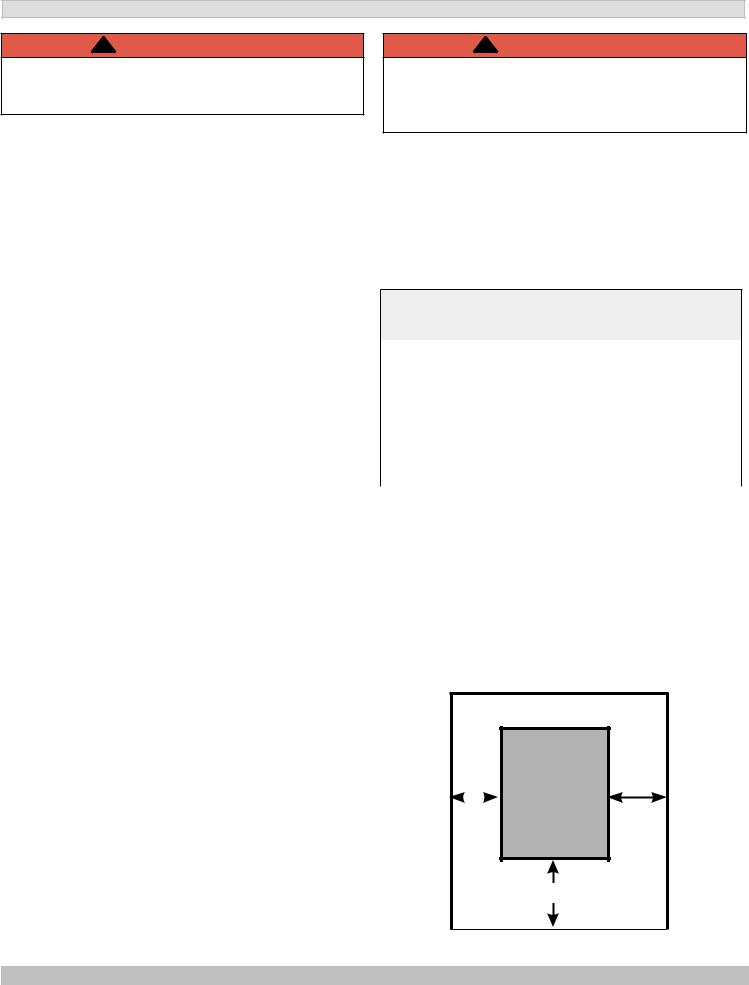
4 - INSTALLATION PROCEDURE
! WARNING
Improper installation, adjustment, alteration, service or maintenance could result in death or serious injury.
1.Installation must conform to the requirements of the authority having jurisdiction or, in the absence of such requirements, to the National
Fuel Gas Code, ANSI Z223.1/NFPA 54.
2.Where required by the authority having jurisdiction, the installation must conform to the Standard for Controls and Safety Devices for
Automatically fired Boilers, ANSI/ASME CSD-1.
3.Boiler series is classified as a Category I. Vent installation shall be in accordance with "Venting of Equipment ," of the National Fuel Gas Code, ANSI
Z223.1/NFPA 54 or applicable provisions of the local building codes.
4.Boiler has met safe lighting and other performance criteria with the gas manifold and control assembly on the boiler per the latest revision of ANSI Z21.13/CGA 4.9.
5.Install boiler such that gas ignition system components are protected from water (dripping, spraying, rain, etc.) during appliance operation and service, (circulator replacement, condensate trap, control replacement, etc.).
6.Locate boiler on level, solid base as near chimney as possible and centrally located with respect to heat distribution system as practical.
7.Allow 24 inches (610mm ) at front and right side for servicing and cleaning.
8.When installed in utility room, door should be wide enough to allow largest boiler part to enter, or to permit replacement of another appliance such as water heater.
! WARNING
Fire hazard. Do not install boiler on combustible flooring or carpeting. Failure to follow these instructions could result in death or serious injury.
1.FOR INSTALLATION ON NON-COMBUSTIBLE FLOORS ONLY - For installation on combustible flooring special base must be used. (See Replacement Parts Section.) Boiler can not be installed on carpeting.
Table 3 - MINIMUM CLEARANCE DIMENSIONS
|
Inches |
(mm) |
|
|
|
Top |
6” |
(152mm) |
Rear |
6” |
(152mm) |
Control Side |
7” |
(178mm) |
Opposite Side |
6” |
(152mm) |
Front |
18” |
(457mm) |
Flue/Vent Connector |
6” |
(152mm) |
Near Boiler Piping |
2” |
(51mm) |
NOTE: Greater clearances for access should supersede fire protection clearances.
* Definition of Alcove is three sided space with no wall in front of boiler. ANSI standard for alcove is 18 inches from front of appliance to leading edge of side walls as shown below.
Minimum Clearances to Combustible
Construction (as seen from above)
6"


6" BOILER 7"
Control
Side
Front
18" |
5
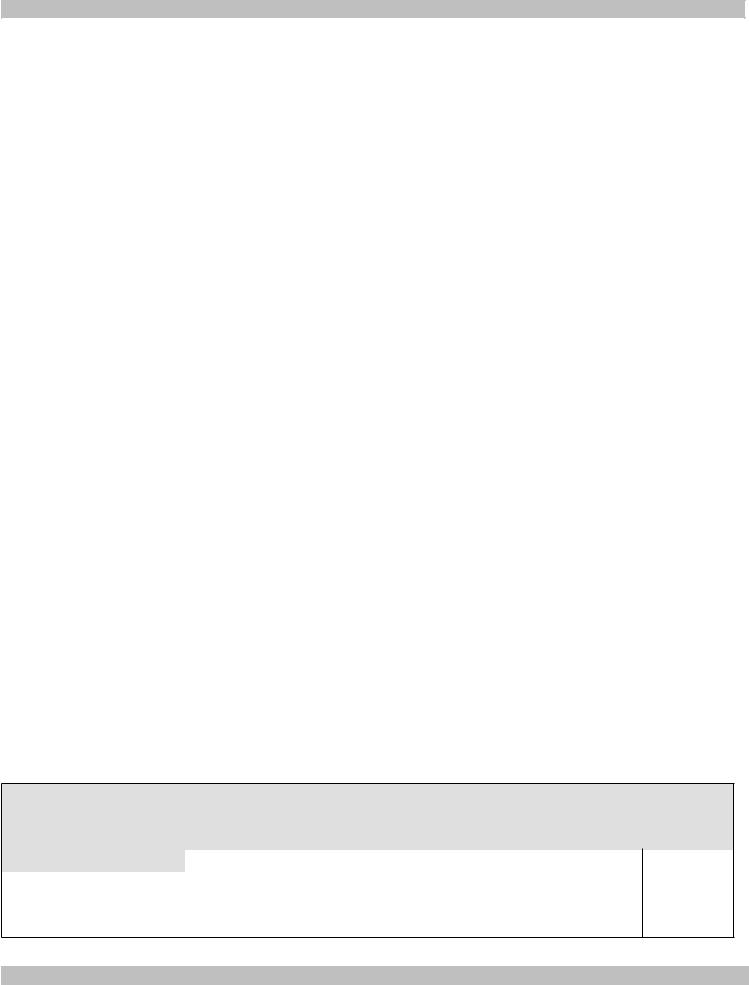
5 - VENTILATION & COMBUSTION AIR
Provide combustion air and ventilation air in accordance with the section “Air for Combustion and Ventilation,” of the National Fuel Gas Code, ANSI Z223.1/NFPA 54 or
applicable provisions of local building codes.
Provide make-up air where exhaust fans, clothes dryers, and kitchen ventilation equipment interfere with proper operation.
National Fuel Gas Code recognizes several methods of obtaining adequate ventilation and combustion air. Requirements of the authority having jurisdiction may override these methods.
•Engineered Installations. Must be approved by authority having jurisdiction.
•Mechanical Air Supply. Provide minimum of
0.35 cfm per Mbh for all appliances located within space. Additional requirements where exhaust fans installed. Interlock each appliance to mechanical air supply system to prevent main burner operation when mechanical air supply system not operating.
•All Indoor Air. Calculate minimum allowable room volume for all appliances in space. Use a different method if minimum volume not available.
A. Standard Method. Cannot be used if known air infiltration rate is less than 0.40 air changes per hour. See Table 4 for space with boiler only. Use equation for multiple appliances.
Volume ≥ 50 ft3 x Total Input [Mbh]
•All Outdoor Air. Provide permanent opening(s) communicating directly or by ducts with outdoors.
A.Two Permanent Opening Method. Provide opening commencing within 12 inches of top and second opening commencing within 12 inches of bottom of enclosure.
Direct communication with outdoors or communicating through vertical ducts.
Provide minimum free area of 1 in² per 4
Mbh of total input rating of all appliances in enclosure.
Communicating through horizontal ducts.
Provide minimum free area of 1 in² per 2
Mbh of total input rating of all appliances in enclosure.
B.One Permanent Opening Method. Provide opening commencing within 12 inches of top of enclosure. Provide minimum clearance of
1 inch on sides/back and 6 inches on front of boiler (does not supersede clearance to combustible materials).
•Refer to National Fuel Gas Code for additional requirements for louvers, grilles, screens and air ducts.
•Combination Indoor and Outdoor Air. Refer to National Fuel Gas Code for application information.
B.Known Air Infiltration Rate. See Table 4 for space with boiler only. Use equation for multiple appliances. Do not use an air infiltration rate (ACH) greater than 0.60.
Volume ≥ 21 ft3⁄ACH x Total Input [Mbh]
C.Refer to National Fuel Gas Code for opening requirements between connected indoor spaces.
Table 4 - Minimum Room Volume, Indoor Air Only*
|
|
|
Room Cubic Feet Volume |
|
|
||
Input |
Standard |
Known Air Infiltration Rate Method (Air Changes Per Hour) |
|||||
Mbh |
Method |
0.1 |
0.2 |
0.3 |
0.4 |
0.5 |
0.6 |
262.5 |
13125 |
55125 |
27563 |
18375 |
13781 |
11025 |
9188 |
299 |
14950 |
62790 |
31395 |
20930 |
15698 |
12558 |
10465 |
* Table values based on boiler only. Add volume for any additional appliances.
6
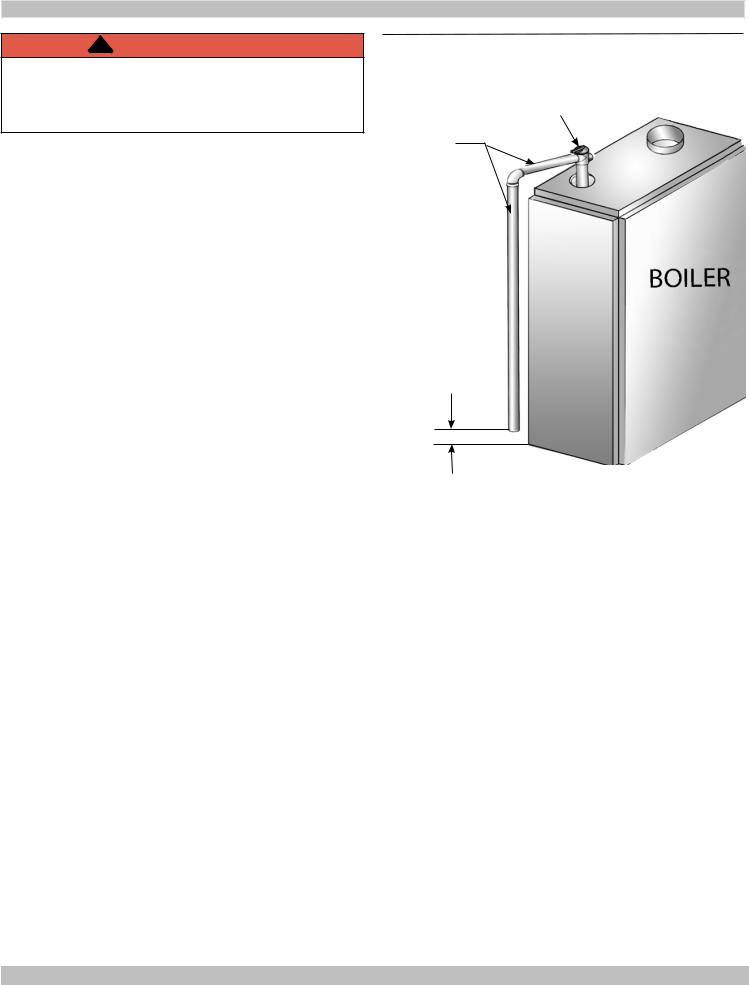
6 - CONNECTING SUPPLY AND RETURN PIPING
!WARNING
Burn and scald hazard. Safety relief valve could discharge steam or hot water during operation. Install discharge piping per these instructions.
1.Refer to local codes and appropriate ASME Boiler and Pressure Vessel Code for additional installation requirements. Install safety relief valve using pipe fittings provided with boiler. See Figure 2
2.Install safety relief valve with spindle in vertical position.
3.Do not install shutoff valve between boiler and safety relief valve.
4.Install discharge piping from safety relief valve. See Figure 2.
•Use ¾” or larger pipe.
•Use pipe suitable for temperatures of 375°F (191°C) or greater.
•Individual boiler discharge piping shall be independent of other discharge piping.
•Size and arrange discharge piping to avoid reducing safety relief valve relieving capacity below minimum relief valve capacity stated on rating plate.
•Run pipe as short and straight as possible to location protecting user from scalding and properly drain piping.
•Install union, if used, close to safety relief valve outlet.
•Install elbow(s), if used, close to safety relief valve outlet and downstream of union (if used).
•Terminate pipe with plain end (not threaded).
Figure 2 - Safety Relief Valve
RELIEF VALVE
DISCHARGE
LINE
Check local codes for maximum distance from floor or allowable safe point of discharge.
7
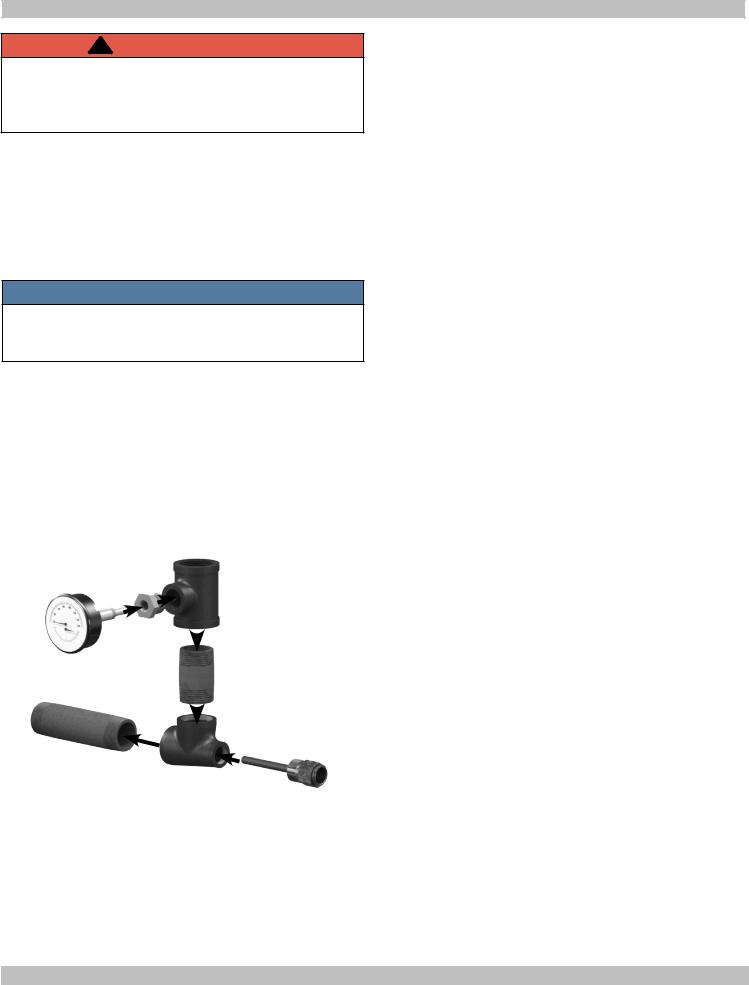
6 - CONNECTING SUPPLY AND RETURN PIPING
!WARNING
Burn and scald hazard. Safety relief valve could discharge steam or hot water during operation. Install discharge piping per these instructions.
Verify clean water supply is available to water inlet valve. Install sand strainer when water supply is from a well or pump.
Install hot water boiler above radiation level or as required by Authority having jurisdiction. Install low water cutoff device at time of installation. See Figure
1.Boiler is shipped assembled. Install discharge piping from safety relief valve. See Warning, Page
7.
2.Install temperature pressure gauge.
•Apply pipe sealant to threads on shaft of gauge.
•Thread gauge into supply water tee. See Figure 3.
NOTICE
DO NOT TIGHTEN GAUGE BY HAND!! Gauge should be tightened using crescent wrench or 9/16” open end wrench. See Figure 3.
3.Connect supply and return lines to boiler.
Connections may require additional fittings and parts, as shown on diagrams.
1 for minimum probe height. Use kit #550002998. Follow instruction enclosed with kit. With other
LWCO’s use their manufacturer specific instructions. Periodic inspection is necessary, as is flushing of float type devices, per manufacturers specific instruction.
FOR USE WITH COOLING UNITS
A.Boiler used in connection with refrigeration system, must be installed so that chilled medium is piped in parallel with heating boiler. Appropriate valves must be used to prevent chilled medium from entering heating boiler. See Figure 5 page 9.
B.Boiler connected to heating coils located in air handling units where they may be exposed to refrigerated air circulation, piping system shall be equipped with flow control valves or other automatic means to prevent gravity circulation of boiler water during cooling cycle.
Figure 3 - Temperature Pressure Gauge |
LOW WATER TEMPERATURE AND LARGE WATER |
||
|
|
|
CONTENT SYSTEM (See Figures 6 and 7, Page 10.) |
|
|
|
Significant condensation may form in boiler and/or |
|
|
|
venting system if boiler is operated for long period of |
|
|
|
time with return temperatures of less than 120° F. |
|
|
|
Condensate is corrosive and can cause severe |
|
|
|
damage to boiler and venting system. Minimum |
|
|
|
design return water temperature to prevent |
|
|
|
condensation in boiler and venting is 120°F. |
|
|
|
|
|
|
|
Minimum high limit setting is 140°F. |
|
|
|
1. Boiler used in heating system where design |
|
|
|
water temperatures below 140°F are desired |
|
|
|
(e.g. radiant floor heating), 4-way mixing valve |
|
|
|
or suitable alternative is required to prevent low |
|
|
|
|
|
|
|
|
|
|
|
temperature return water from entering boiler. |
|
|
|
Follow mixing valve manufacturer’s instructions. |
|
|
|
2. Boiler connected to system having large water |
|
|
|
content (such as former gravity system), install |
|
|
|
system bypass. See Figures 6 and 7, page 10. |
|
|
|
3. If boiler water reset control is used to operate |
|
|
|
boiler, minimum reset supply water temperature |
|
|
|
setpoint must be at least 140°F, unless mixing |
|
|
|
valve is used as in (1) above. |
8
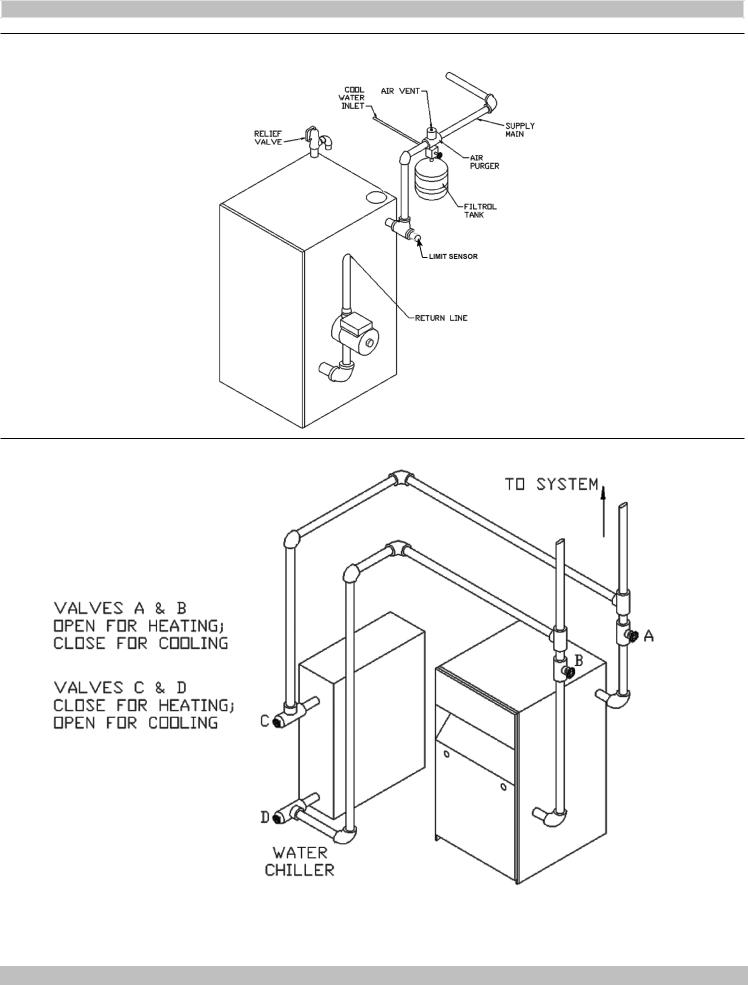
6 - CONNECTING SUPPLY AND RETURN PIPING
Figure 4 - Typical Hot Water Piping
Figure 5 - Chilled Water Piping
9
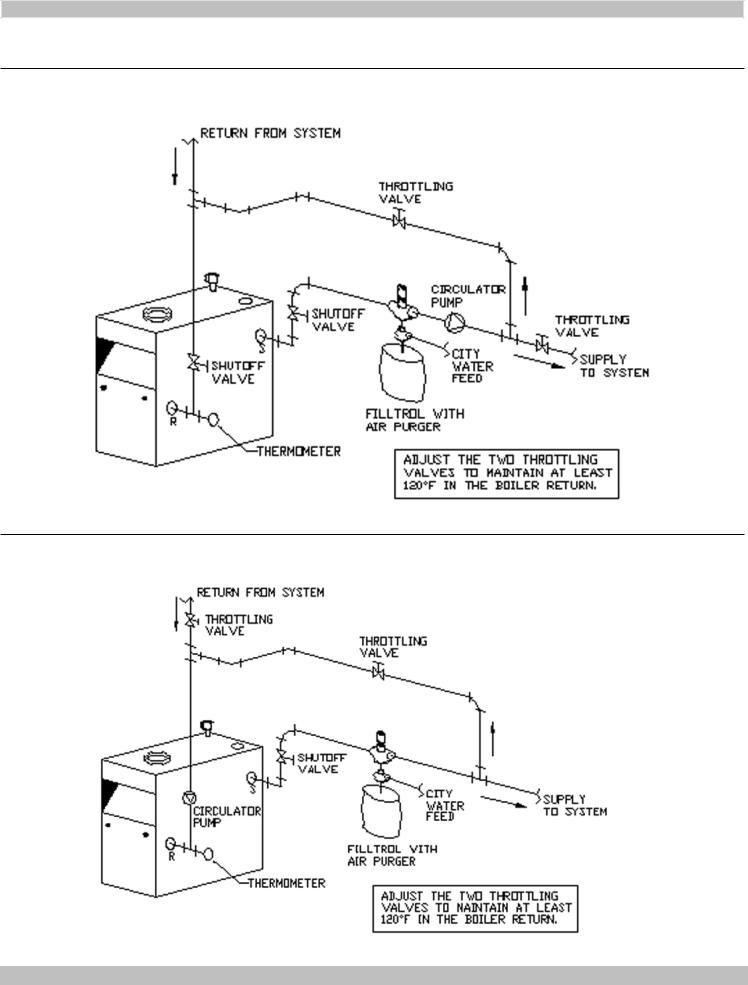
6 - CONNECTING SUPPLY AND RETURN PIPING
Bypass Piping Required For High Mass (Large Water Content) Systems
Figure 6 - BYPASS PIPING - CIRCULATOR ON SUPPLY
Figure 7 - BYPASS PIPING - CIRCULATOR ON RETURN
10
